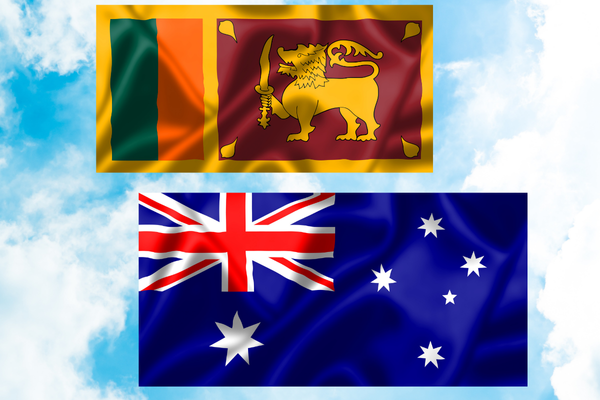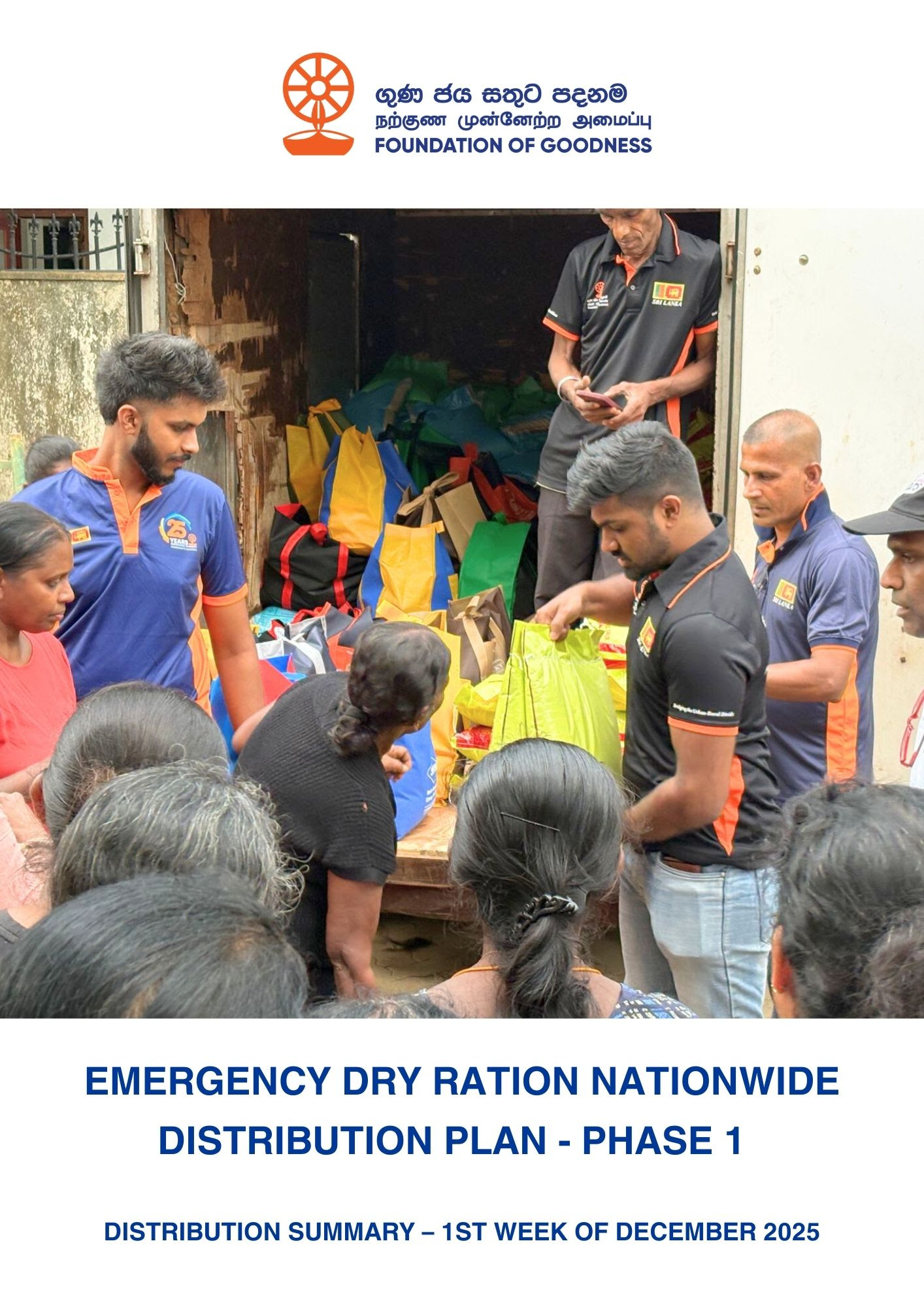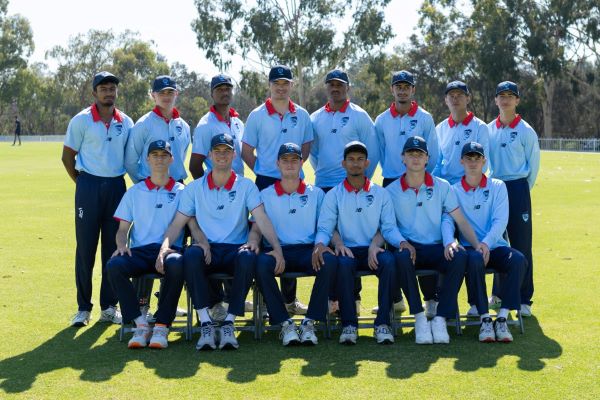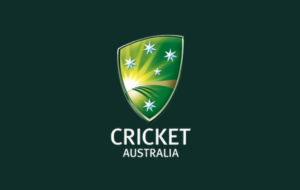Stone carvings of ancient Sri Lanka – by Dr. Subashini Pathmanathan
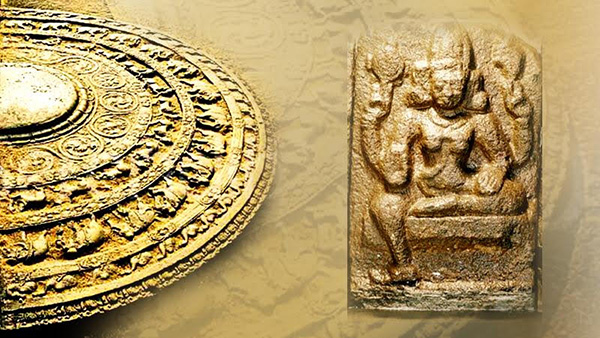
Source:Sunday Observer
Some beautiful slabs were excavated at Sri Lanka’s archaeological sites. Elaborate dance figures were excellently carved on some of these brown flat stone slabs. Different dance postures are well depicted on the carved stone slabs. These dance poses resemble the typical Thandava Karana poses of Bharatha Natyam. According to Hindu mythology, dance was created and originated from the dance of Lord Shiva.
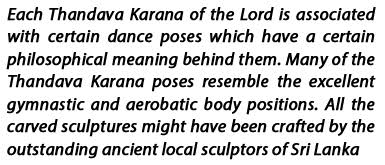
Each Thandava Karana of the Lord is associated with certain dance poses which have a certain philosophical meaning behind them. Many of the Thandava Karana poses resemble the excellent gymnastic and aerobatic body positions. All the carved sculptures might have been crafted by the outstanding ancient local sculptors of Sri Lanka. All these stone crafted and curved sculptures reveal the typical Indian influence. Especially the decorations of the carved sculptures reveal the Indian cultural, traditional and customary impact on the local sculptors.
Karana poses of dance
In Sri Lankan ancient archaeological sites, carved sculptural dance figures display male dance and female dance poses. Carving designed sculptures on slabs are quite difficult compared to the individual crafted sculptures.
All the Karana poses of dance are well preserved in the stone carvings and temple pillars of South India. Especially, in the Chidambaram temple of Tamil Nadu, all the 108 Thandava Karanas of Lord Siva are depicted well. According to Indian dance history, a mystic figure named Bharatha Muni wrote a thesis known as Natya Sastra.
It consists of 6,000 verses divided into 36 chapters. All the chapters deal with various important aspects and technique of dance and drama. Among all the chapters, the fourth chapter of Natya Sastra, is allocated for Thandava Lakshana.
According to sage Bharatha Muni, Karana means one body position which co-ordinates with one hand and one leg position called Chari.
In Bharatha Natyam repertoire, the dance item Sabtham means seven counts in the thala scale. Misrachapu thala in Carnatiic music is based on seven thala scale. Sabtham is only based on Misrachapu thala and starts with Kambothi Raga. In Hinduism, seven Rishes are called Sabtha Rishes.

These Sabtha Rishes could be still seen among the stars. Sabtha Thandava of Lord Siva is the seven Thandavas together. Sabtha Swaras seven Swaras in the Indian classical music, seven lokhas means seven lokhas, seventh day after the full moon day and seventh day after the dark full moon day is called Sabthami.
Similarly in Sri Lanka, seven Mathas (mothers) carved in three different slabs are called together Sabtha Mathas. Today, this excellent sculptural work is seen at the National Museum of Colombo under the name of Sabtha Mathas.
Sabtha Mathas (seven mothers) sculptural images of the same category are seen in Indian archeological sites and South Indian Sivan temples. There are altogether three different individual slabs with the carved figures.
These Sabtha Mathas’ stone slab based sculptures were found at the 5th Shivan temple of Polonnaruva. These Sabtha Mathas are ordered in the horizontal stone slabs. All these carved figures of Sabtha Mathas are based on Hindu Goddess and depicted with four arms.
All the seven Mathas are putting their left legs down and keeping the right legs in crossing and seated positions. The slabs are different but all the slabs belong to the Polonnaruva area.
According to Hindu mythology, the seven Mathas are named as Brahami, Maheswari, Vaishnavi, Varahi, Kaumari Indrani and Chamunda. Among the seven Mathas, the Mathas Brahami, Vaishnavi and Maheswari are the consorts of Lord Brahma, Lord Vishnu and Lord Siva.
Sabtha Mathas
In other words, Goddess Brahami is the consort of Lord Brahma (the God of creator), Goddess Vaishnavi is considered the consort of Vishnu (God of protector) and Goddess Maheswari is considered the consort of Lord Siva (God of destroyer).
Lord Siva is often referred to as Lord Maheswaran. Other Mathas are Kaumari came from Lord Skanda, It could be assumed that Varahi must have come from the Varaha incarnation of Lord Vishnu’s Varaha Avathara.
Among Lord Vishnu’s ten incarnations, Lord Vishnu took Varaha incarnation with boar face to protect the world.
Here among the seven Sabtha Mathas, Varhi is depicted with boar face. According to Hinduism in the Varaha Avathar, Lord Vishnu took the boar face and protected the earth from destruction.
And Goddess Chamunda is also considered as one of the incarnations of Goddess Durga or Goddess Tara. Lord Brahma is often referred as Nanangan, because it means that Lord Brahma is always depicted with four faces. Nanmugan means four faced Lord. In this stone carved Sabtha Matha row, the sculpture Goddess Brahmi is depicted with three faces. The cause may be the sculptor who carved this sculptures couldn’t carved the fourth face because the rear side is covered with the slab base.
That’s why the Brahami sculpture might have been sculptured with three faces.
The symbols of the two upper hands are not clear. Yet one can assume among the down hands, the right hand depicts the Abaya hastha and the left hand depicts the Varaha hastha.
The word hastha in Sanskrit means hand gesture. Both these hasthas are the common features among the all Hindu sculptures. The period of this particular stone slab sculpture is estimated between 10th century A.D and 13th century A.D.
All the seven sculptures are depicted in three individual slabs and all these sculptures are beautifully carved and depicted with four arms each.
Another special feature of these seven sculptures is that all are of the same size. Matha Maheswari is another carved figure on the slab. This sculpture is wearing a headgear with four arms. Down right hand is holding Thirichul, upper right hand is holding Udekku (Udeki) and down left hand is resting on the thigh. And the left upper hand is holding Pasa cord (Pasa means the worldly illusions and desires).
Matha Maheswari
The costume patterns and ornamental decorations are not much visible. Makeshwari is the consort of Lord Siva. Lord Siva is often referred as Maheswaran in Hindu literature.
Another Sabtha Matha is Varahi, the boar faced Goddess is with four arms. Sitting position is almost in a half crossed sitting position and the other leg is in a hanging position. Varaka Hastha indicates (pouring blessings or giving) hand.
It is estimated that this sculpture must have been be made between 8TH century A.D, to 10century A.D. The period of this stone slab sculpture is estimated between 10th century A.D and 13th century A.D.
A variety of moonstones are still available at the Sri Lanka’s archeological sites and some of the Sri Lankan museums.
Even some of the moonstones are the excellent evidence of the ancient carved sculptural trove of Sri Lanka. These moon stones depict certain philosophical themes as well as exceptional beautiful decorations of ancient times.
Inner moon stone patterns differ from one another from area to area and period to period. Even some beautiful carved sculptural figures could be found at ancient ruin pillars.
Some rooftops of the Hindu temples also carved with stone crafted decorations. Carving on the stone slabs is a difficult task. Only a well experienced sculptor can do stone slab carvings.
The sculptor should take meticulous care to avoid the stone cracks of the slabs. High craftsmanship of the sculptor could be seen in some of the ancient dance sculptures.

















